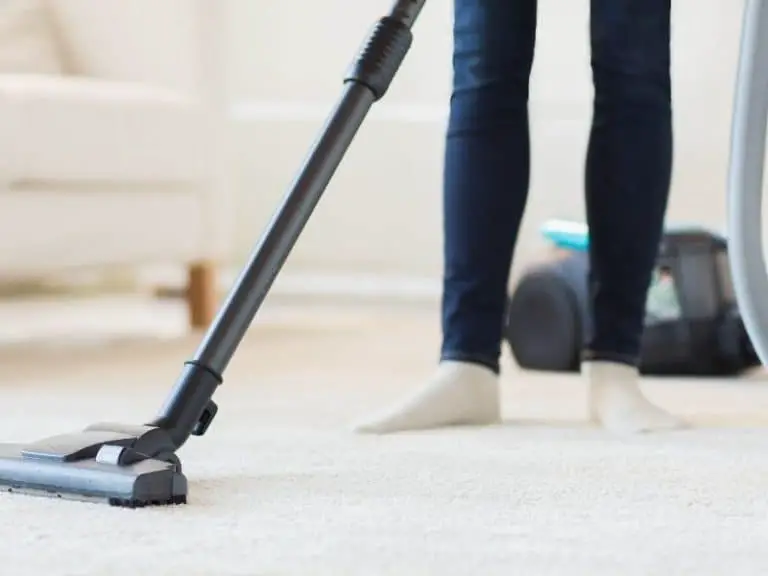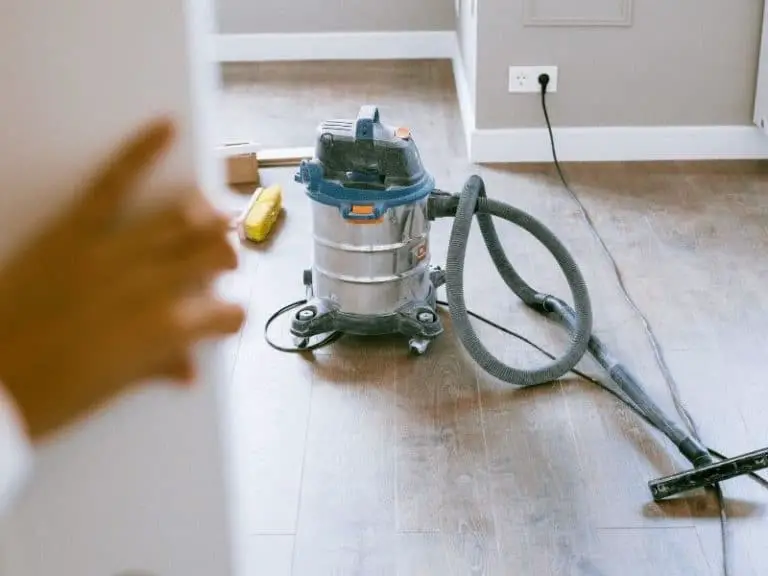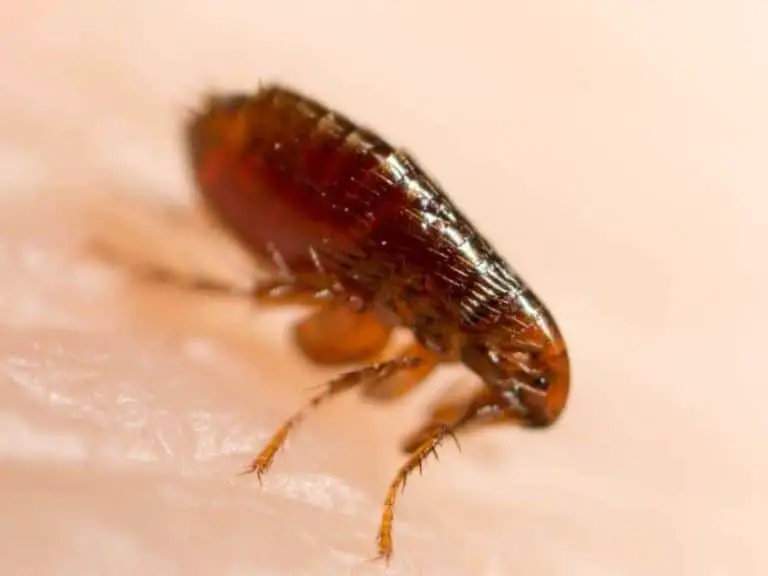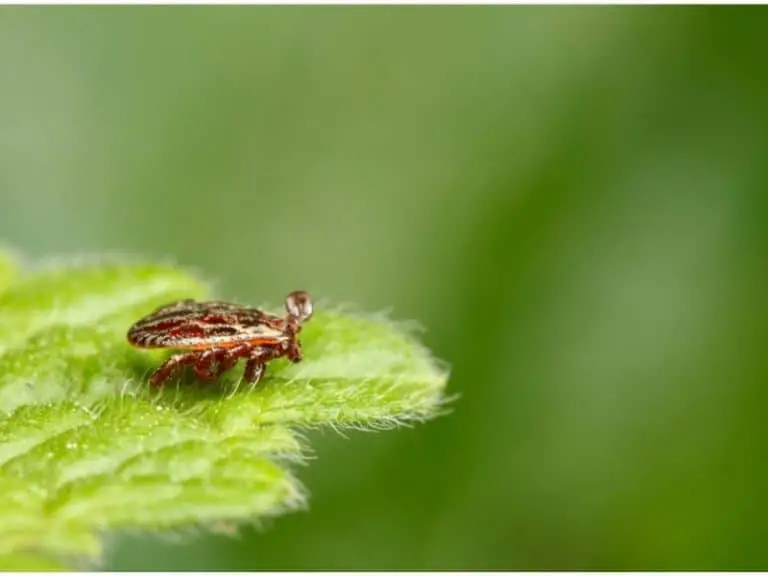Can Fleas Survive on Human Blood? The Answer is Yes and No
Some insects invade your home to feed on your blood. Two very common examples are bed bugs and mosquitoes. But then there are also insects like fleas that welcome themselves into your home to feast on the blood of your pet cat or dog for their survival.
But what if don’t have a pet? Can fleas switch to your body or not?
Fleas can survive on human blood. As a matter of fact, they can survive for up to six months feeding on nothing but human blood. However, it is a different story when it comes to multiplying. Fleas cannot live and reproduce on humans. They can only increase in number while living on hairy animals.
Refrain from assuming that fleas won’t drink your blood if a cat or dog, which is a more suitable host for them, isn’t around. If they end up on you, fleas may still bite you and consume your blood.
Keep on reading if you share your home with a furry friend that is infested with fleas.
Below, you will come across some of the most important matters you need to know about fleas.
Dog Fleas vs. Cat Fleas
Before anything else, let’s get one thing straight.
Fleas that infest dogs are called “dog fleas”.
On the other hand, fleas that infest cats are called “cat fleas”. It’s obvious that flea species are named after their preferred hosts.
However, things can get complicated, depending on where you live. In the US, dog fleas are quite rare.
This does not mean that dogs in the US are free of fleas. If you have a dog, there is a huge possibility that the reason why you are reading this is that your barking buddy is infested with fleas.
While dog fleas are uncommon in the US, cat fleas are quite common in the country.
Despite their name, cat fleas can infest not only cats — they can infest dogs, too.
So, in other words, if you are residing in the US and your dog has fleas, then the fleas that it has are cat fleas. And if your pet is a cat and it has fleas, then the fleas that your purring pal has are cat fleas.
But no matter the type of flea, one thing remains true.
It’s none other than the fact that fleas can survive on human blood for some time. However, they cannot multiply without their preferred hosts.
That’s because aside from blood, fleas also need to have the right environment. And the perfect environment for them is lots of hair and warmth.
Can Fleas Live on Human Hair?
Fleas cannot live on human hair for a long time. Humans are not as hairy as cats and dogs, which keeps their bodies from giving fleas the best living conditions. Besides, before fleas have the chance to settle and multiply, which is unlikely to happen, humans are likely to wash or scratch them off.
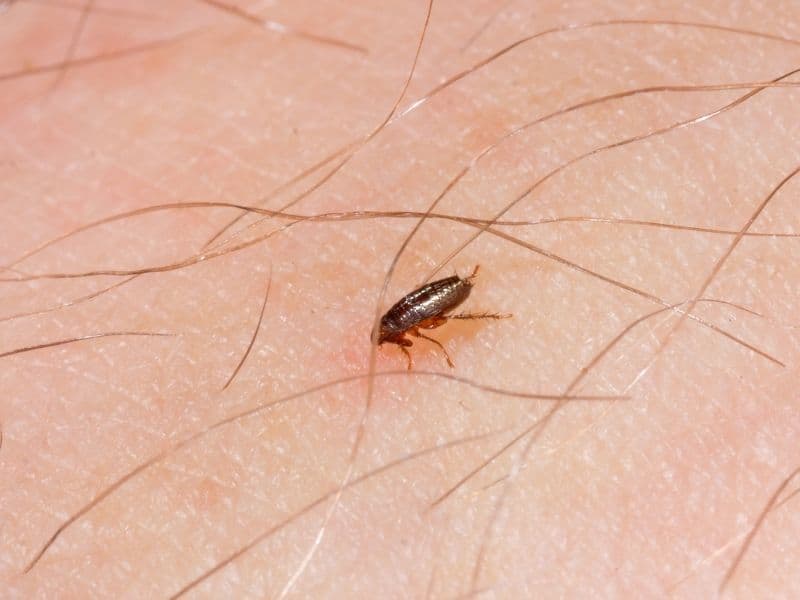
It’s no secret that some of us are hairier than the rest. Despite this, there is not enough hair on the body of a really hairy human to make it easy for fleas to eat blood, mate and lay eggs.
However, it doesn’t mean that fleas won’t feast on human blood. If given a chance, fleas will drink human blood.
After all, like cats and dogs, humans are warm-blooded creatures. Their blood is warm, which fleas find irresistible.
It’s not human blood why fleas cannot infest humans. The problem lies in the fact that humans are not hairy enough.
This is why even if fleas are happy with your blood, it’s for certain that they will look for a different host — a cat or dog.
Just about any warm-blooded animal with plenty of hair and provides warmth can be a potential host.
In some instances, fleas may bite you without necessarily drinking your blood.
Related Post: Do Fleas Bite More When They Are Dying?
What is Flea Allergy Dermatitis?
Flea allergy dermatitis is a type of dermatitis caused by fleas. Not all people that fleas bite will develop flea allergy dermatitis symptoms. Those who develop symptoms are allergic to the saliva of fleas. Besides humans, cats and dogs and other animals can develop flea allergy dermatitis, too.
It’s true that you should not worry about you being a host to fleas because they cannot thrive on your body. However, fleas can still leave you with a problem, one of which is flea allergy dermatitis.
Here are the most common signs and symptoms of this dermatitis type:
- Redness
- Itchiness
- Hives
You are not the only one at risk of flea allergy dermatitis. Your cat or dog can have it, too. In some instances, flea allergy dermatitis could be the reason why it seems like your pet cannot seem to stop scratching.
The problem with flea allergy dermatitis is it can cause additional problems to happen. In animals, for instance, flea allergy dermatitis can cause cats and dogs to scratch aggressively.
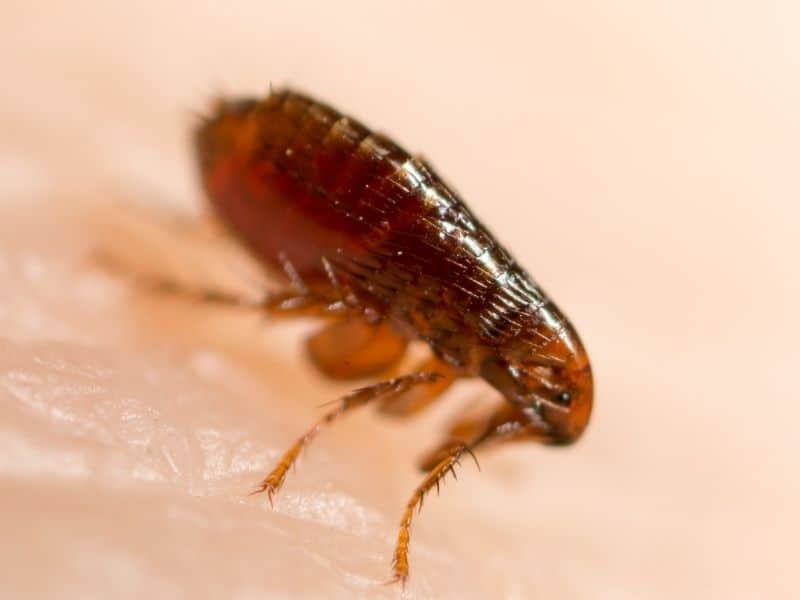
This can cause a break in their skin. When bacteria strike, an infection may occur. This can become a serious problem if the infection worsens or spreads.
How Many Fleas Can My Pet Have?
The presence of 20 fleas on a cat or dog is enough for a pet to be considered infested. In some instances, a pet can have anywhere from 200 to 300 fleas at once. It is a must for the pet owner to spring into action right away at the first sign of an infestation as fleas can multiply quickly.
If there are some fleas on your pet, chances are that there are fleas hiding elsewhere in your home.
Fleas can hide in bedding, carpets, rugs, and sofa cushions. They can also hide in shrubs and vegetation.
Only five percent of the total infestation is made up of adult fleas.
The rest are eggs and immature fleas that will later develop into blood-sucking adults.
By the way, as soon as fleas hatch from the eggs, they start feeding on blood. It’s because of this why it is essential that you get rid of fleas in all life stages.
Below, we will talk about the importance of breaking the flea cycle — so don’t stop reading now.
How Can I End a Flea Infestation?
To end a flea infestation, breaking the flea cycle is important. The flea cycle is a series of changes in the life of fleas. Fleas undergo complete metamorphosis. It means that they start out as eggs. They hatch into larvae that grow into pupae. The pupae then become adult fleas capable of mating.
Putting an end to a flea infestation may sound simple on paper. However, it requires a pet owner to carry out an assortment of tricky steps, usually on the same day, to get rid of fleas once and for all.
If the sight of your cat or dog scratching non-stop is breaking your heart and at the same time leaving you fearing for your health, fret not.
That’s because there is no need to get in touch with a local pest control company. However, it involves taking a trip to the veterinary clinic to ask about the best oral or spot-on flea product for your pawed pal.
Here are the steps on how to end a flea infestation:
- Begin by administering an oral or a spot-on flea product, preferably one that’s vet-approved.
- Wash the bedding of your pet in hot water — like many insects, fleas cannot tolerate high temperatures.
- Vacuum potential hiding places very well and dispose of the disposable dust bag properly.
- Clean the entire home to get rid of any hiding eggs, larvae, pupae and adults.
- Repeat everything — except for the first step as a flea product can last for up to a month or more.
Carry out these steps the right way and perform them consistently, and that flea infestation will come to an end!
How Long Does It Take to Stop the Flea Cycle?
It can take as quick as two weeks only to stop the flea cycle. Doing the necessary steps to deal with a flea infestation properly and consistently, too, can kill fleas in all life stages. If the conditions are unfavorable, fleas have short lives. Sometimes, they live for up to a week or two only.
Creating a condition unsuitable for fleas can be as simple as keeping them from having access to the blood of your pet. And you can start by administering an oral or a spot-on flea product.
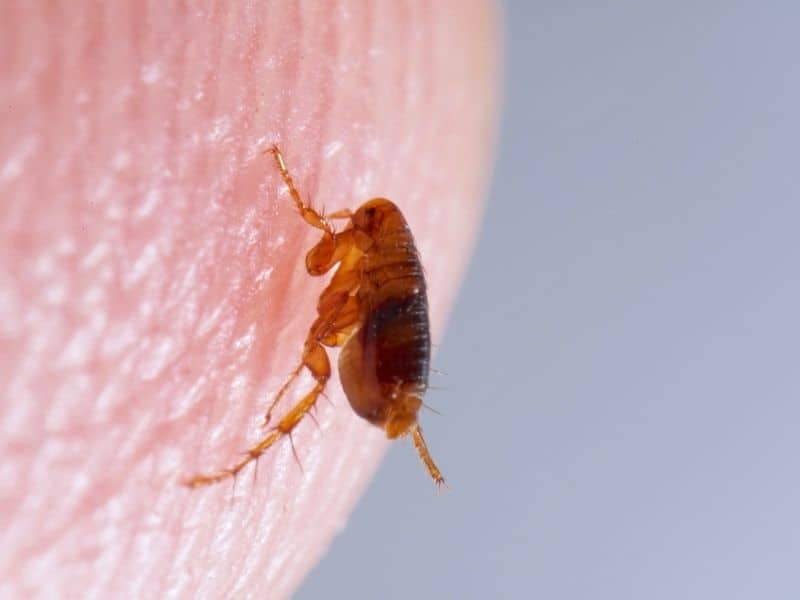
Once fleas are no longer able to enjoy the blood of your cat or dog, they will try to look for other blood sources.
Unfortunately, they cannot thrive on your body for a reason mentioned earlier.
Without any blood meal, fleas will die in just two weeks — stopping the flea cycle can be this fast.
Just Before You Deal With Fleas
It’s not enough that you get rid of fleas on your pet. It’s also vital that you eliminate fleas hiding elsewhere, such as your bed and sofa cushions.
Besides the adults, you should also deal with their eggs and youngsters. Breaking the flea cycle begins with ridding your pet of fleas with the help of an oral or a spot-on flea product.
Medical Disclaimer: TheHomePestControl is a digital publisher and does not offer personal health or medical advice. The contents of this website are not intended to substitute for professional medical advice, diagnosis, or treatment.
Affiliate Disclaimer: As an Amazon Associate, I earn from qualifying purchases made on our website. If you make a purchase through links from this website, I may earn a commission at no additional cost to you.

